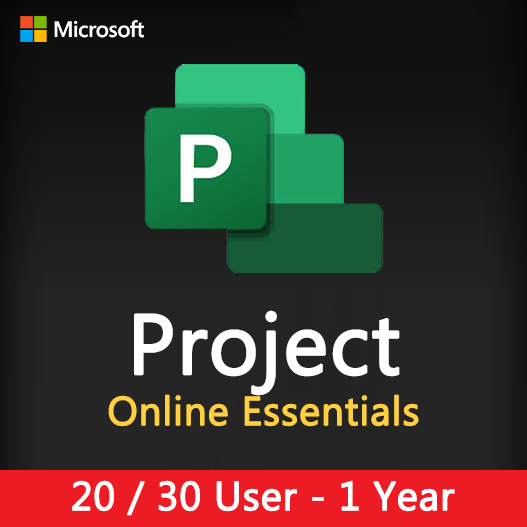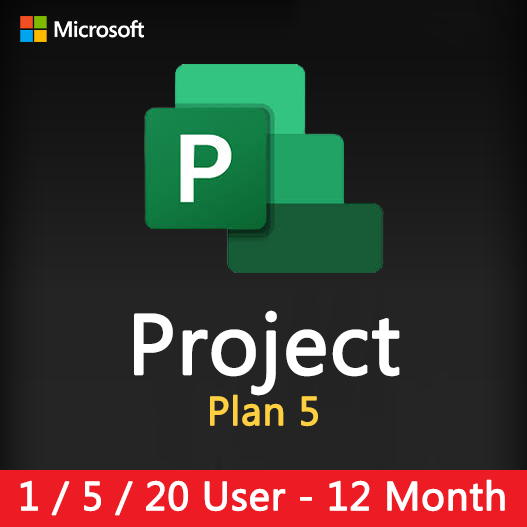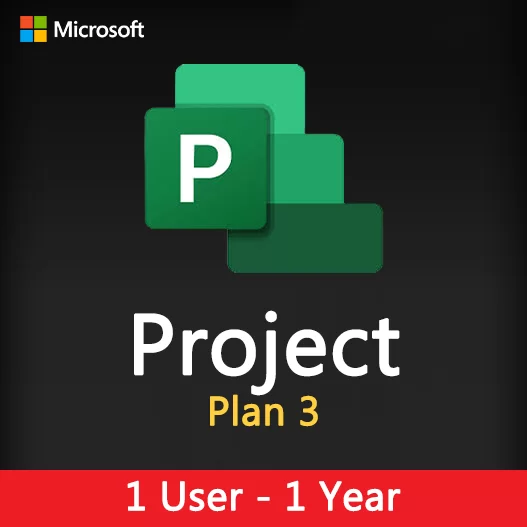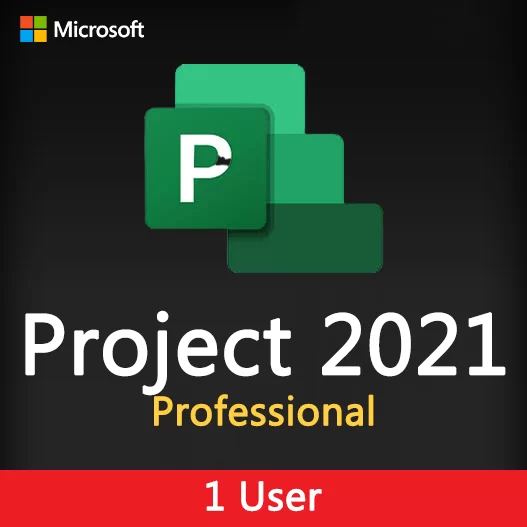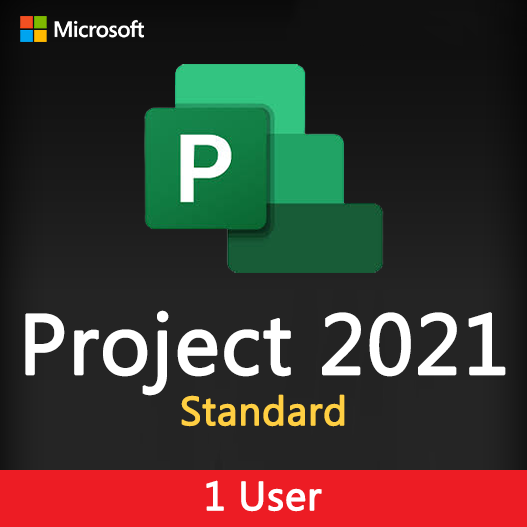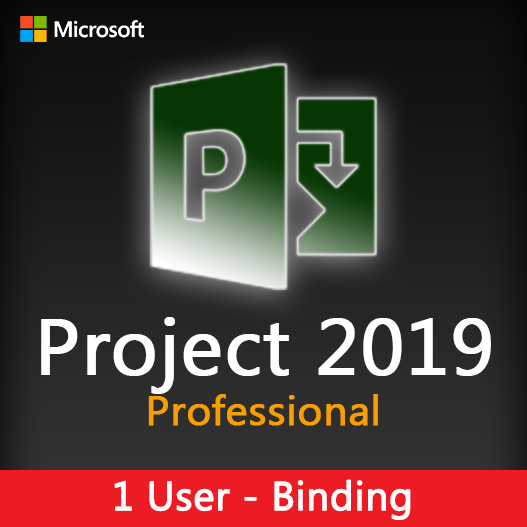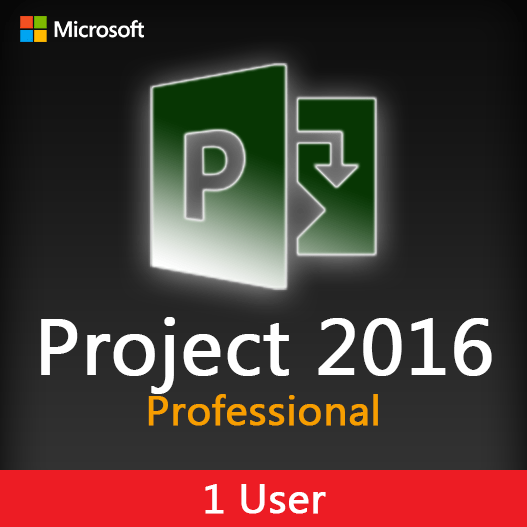Home » Project Risks and Mitigation in Microsoft Project
Project Risks and Mitigation in Microsoft Project
Project management is inherently associated with risks. Whether it’s a complex IT project, construction endeavor, or any other type of project, understanding, assessing, and mitigating risks are crucial for successful project delivery. Microsoft Project provides valuable tools and features to manage project risks effectively. In this guide, we’ll explore how to handle project risks and their mitigation within Microsoft Project.
The Importance of Managing Project Risks
Project risks are potential events or situations that can negatively impact a project’s objectives, schedule, budget, or quality. Managing risks is important for several reasons:
- Proactive Problem Solving: Identifying risks early allows for proactive problem-solving and mitigation.
- Cost Control: Effective risk management can prevent costly project disruptions.
- Resource Allocation: It ensures that resources are allocated efficiently and effectively.
- Stakeholder Confidence: Stakeholders have more confidence in a project when they see risks being actively managed.
Risk Management Features in Microsoft Project
Risk Register
Microsoft Project allows you to create and maintain a risk register, which is a comprehensive list of project risks.
Risk Assessment
Assess each risk in terms of its impact on the project’s objectives and the likelihood of occurrence.
Risk Mitigation Strategies
Define mitigation strategies and assign responsibilities for managing risks.
Risk Tracking
Track the status of each risk, including its likelihood, impact, and current mitigation efforts.
Communication Tools
Communicate risk information to stakeholders through reports and dashboards.
Integration with Project Plan
Integrate risk management with your project plan, ensuring that mitigation efforts are aligned with project activities.
Steps for Effective Risk Management
Identify Risks
Begin by identifying potential risks that could affect your project.
Assess Risks
Assess each risk’s impact and likelihood to prioritize them.
Develop Mitigation Strategies
Develop mitigation strategies for high-priority risks, assign responsibilities, and establish timelines.
Monitor and Review
Continuously monitor and review the status of risks and adjust mitigation efforts as needed.
Communication
Communicate risk information to stakeholders, ensuring transparency.
How to Manage Project Risks in Microsoft Project
Create a Risk Register
Set up a risk register in Microsoft Project, listing all identified risks.
Assess Risks
Assess each risk’s impact and likelihood within the risk register.
Develop Mitigation Plans
Define mitigation plans for high-priority risks, including actions, responsible parties, and timelines.
Track Risks
Continuously track and update the status of risks within Microsoft Project.
Generate Reports
Use Microsoft Project’s reporting capabilities to create risk-related reports for stakeholders.
Effective risk management is a fundamental aspect of successful project management. Microsoft Project provides essential tools and features to identify, assess, and mitigate project risks efficiently. By following the steps outlined in this guide and integrating risk management into your project plan, you can enhance your project’s chances of success and ensure smoother project execution.
Recent posts
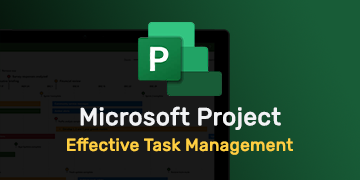
Effective Task Management in Microsoft Project
Discover how to efficiently manage tasks and improve project outcomes using Microsoft Project’s task management features.
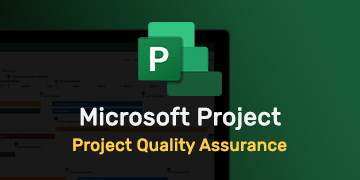
Project Quality Assurance and Microsoft Project
Learn how to implement effective project quality assurance using Microsoft Project for better project outcomes and compliance.
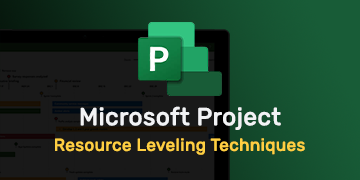
Resource Leveling Techniques in Microsoft Project
Learn how to optimize resource allocation and prevent resource overallocation in Microsoft Project for smoother project management.
